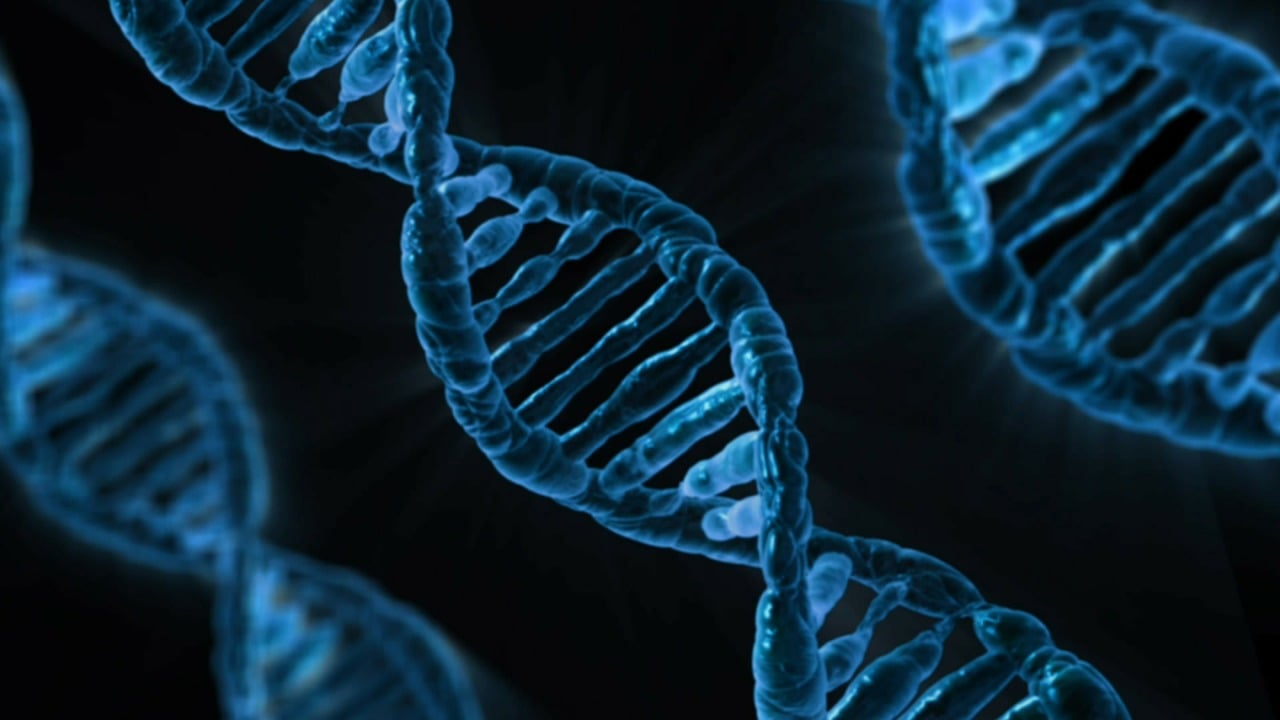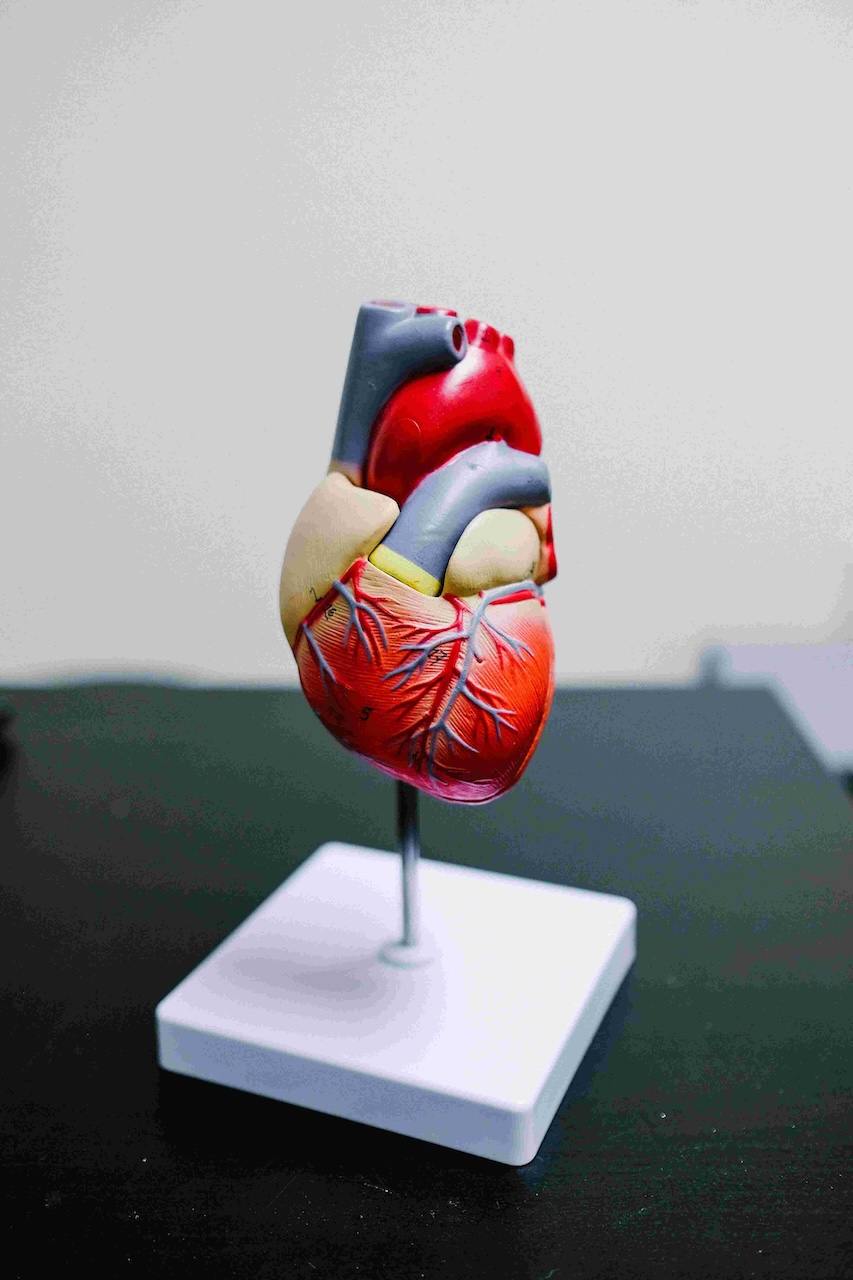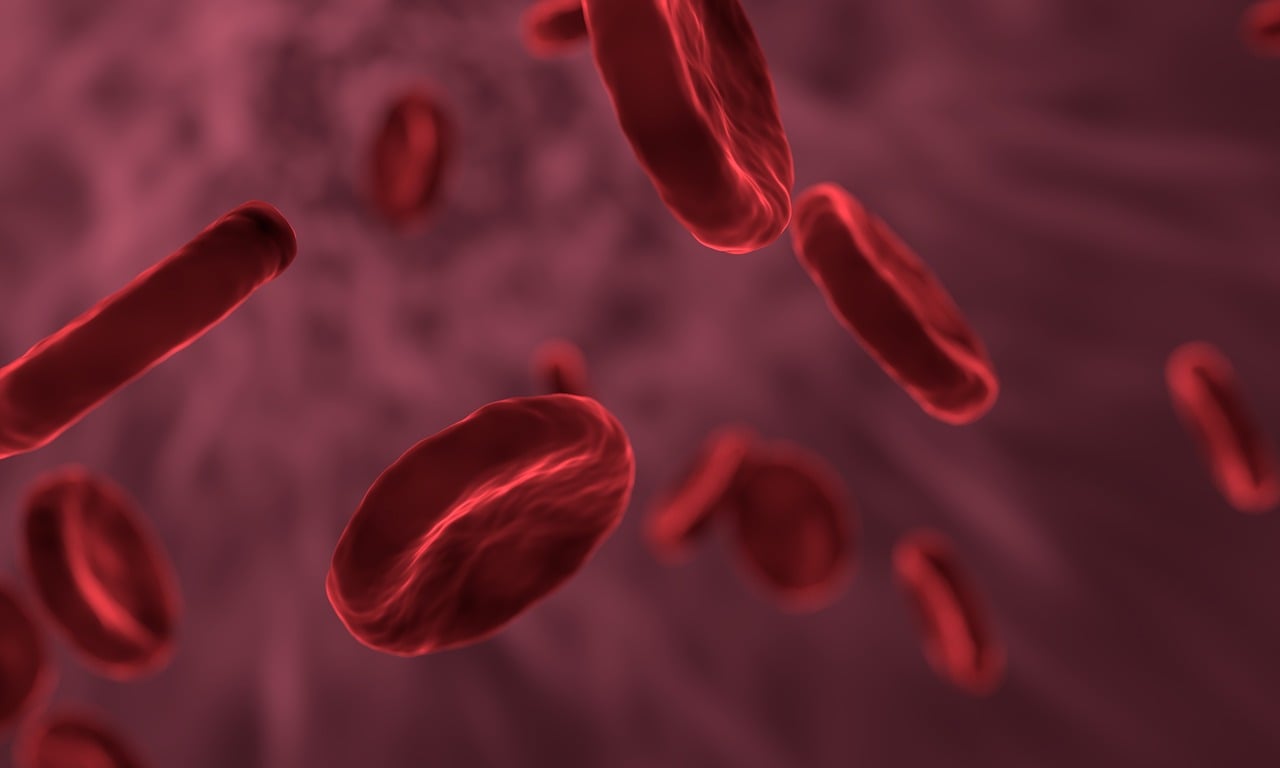
Migraine is a common neurological disorder affecting millions of people worldwide. Characterized by severe headaches, nausea, vomiting, and sensitivity to light and sound, migraines can significantly impact quality of life. While the exact causes of migraine pain remain uncertain, various triggers and genetic factors can contribute to migraine pain. This article explores common causes of migraines and effective healthy approaches to alleviate them.
Causes of migraine pain
The exact cause of migraines is complex and may involve a combination of genetic, environmental, and biochemical factors. Here are some common triggers and factors contributing to migraine pain:
Hormonal changes
Migraines are often linked to hormonal fluctuations, particularly in women. Menstrual cycles, menopause, and pregnancy can trigger or worsen migraines due to hormonal changes.
Diet and food triggers
Certain foods can trigger migraines. Highly processed foods, sugary, and salty snacks can exacerbate migraine symptoms. For those following a healthy diet, avoiding such processed foods and focusing on natural, unprocessed foods can help reduce migraine severity.
Stress and anxiety
Stress is a major trigger for migraines and can also worsen existing migraine conditions. Both mental and physical stress can increase the frequency and intensity of migraine attacks.
Environmental factors
Environmental triggers such as changes in weather, bright lights, loud noises, and strong smells can provoke migraines. Managing exposure to these triggers can help reduce migraine frequency.
Sleep patterns
Disruptions in sleep, whether excessive sleep or insufficient sleep, can trigger migraines. Maintaining a regular and quality sleep routine can help manage migraine symptoms.
Genetic factors
Genetics can play a role in migraine development. Individuals with a family history of migraines are at a higher risk of experiencing migraine attacks.

Healthy approaches to alleviate migraine
There are various strategies to alleviate migraine pain and reduce its frequency. Here are some effective healthy approaches:
1. Balanced and nutritious eating
A healthy diet can play a significant role in managing migraines. Here are some dietary strategies to help alleviate migraine symptoms:
Hydration:
Drinking adequate water helps keep the body hydrated and prevents dehydration, which can trigger migraines. Aim to drink plenty of water throughout the day.
Magnesium intake:
Magnesium supports the nervous system and helps relax muscles. Magnesium-rich foods such as spinach, avocado and almonds can be beneficial.
Relaxing foods:
Incorporate relaxing and nourishing foods like olive oil, sweet potatoes, and quinoa into your diet to help manage migraines.
Omega-3 fatty acids:
Omega-3 fatty acids, found in chia seeds, flaxseeds, and walnuts, can reduce inflammation and support brain health, potentially easing migraine symptoms.
Low sugar intake:
Avoiding refined sugars helps prevent blood sugar spikes that can exacerbate migraines. Opt for complex carbohydrates instead.
High-fiber foods:
Fiber supports digestion and helps stabilize blood sugar levels. Opt for oats, vegetables and fruits rich in fiber.
Antioxidants:
Antioxidants combat free radicals and protect cells. Foods such as blueberries, strawberries and bell peppers are rich in antioxidants.
B Vitamins:
B vitamins support the nervous system and boost energy. Incorporate whole grains, leafy greens, and legumes into your diet for optimal B vitamin intake.
2. Stress management and mental health
Stress management techniques can help reduce migraine frequency and severity. Consider the following strategies:
Meditation and breathing exercises:
Meditation and deep breathing exercises can help relax the mind and body, potentially reducing migraine symptoms.
Yoga and physical activity:
Regular yoga and gentle exercise can reduce stress and improve overall health. Physical activity helps release endorphins, which can alleviate pain.
Consistent sleep routine:
Establishing a regular sleep schedule can improve sleep quality and help manage migraines. Aim for consistent sleep patterns and avoid disruptions.
For more detailed insights into stress, read this article.
3. Managing environmental factors
Avoiding environmental triggers can help reduce migraine attacks. Consider these strategies:
Avoid bright lights and screens:
Bright lights and screens can trigger migraines. Limit screen time and use protective eyewear if necessary.
Create calm environments:
Avoid noisy and crowded environments. Spend time in quiet, calm spaces to help manage migraine symptoms.
4. Natural remedies and supplements
Natural remedies and supplements can be effective in managing migraines:
Ginger:
Ginger can reduce inflammation and ease nausea associated with migraines. You can consume ginger tea or add it to your meals.
Lavender oil:
Lavender oil is known for its calming effects and may help alleviate migraine pain. Apply lavender oil to your temples for relief.
Peppermint oil:
Peppermint oil can help ease headache pain. Massage peppermint oil onto your temples for soothing effects.

Foods to avoid for migraine relief: A comprehensive guide
Migraine management often involves avoiding specific foods that can trigger or worsen migraine symptoms. Understanding which foods to avoid and why they affect migraines can help in crafting an effective dietary plan for migraine relief. Here’s an in-depth look at certain foods and ingredients that should be avoided to manage and reduce migraine pain:
1. Refined sugars and high-sugar foods
Refined sugars and high-sugar foods can cause fluctuations in blood sugar levels, which may trigger migraines. When blood sugar levels spike and then crash, it can lead to headaches and other migraine symptoms. Foods such as sugary beverages, candy and processed sweets can be significant contributors. Avoiding these foods can help manage migraines by stabilizing blood sugar levels.
2. Processed foods and additives
Processed foods and additives can trigger migraines. Particularly, additives such as nitrates, nitrites, and monosodium glutamate (MSG) are known to worsen migraine attacks. Processed meats, pre-made sauces, and some snacks may contain these additives. Eliminating these foods from your diet can help alleviate migraine symptoms.
3. Caffeine
Caffeine can trigger migraines or worsen existing migraine symptoms in some individuals. Caffeinated beverages (coffee, tea, energy drinks) and certain foods can provoke migraines. However, reducing or regulating caffeine intake can help some people manage their migraine symptoms. It is important to monitor how caffeine affects your migraines and adjust your consumption accordingly.
4. Alcohol
Alcohol can trigger or intensify migraines. Certain types of alcohol, such as red wine and champagne, are known to increase the frequency of migraine attacks. The impact of alcohol on migraines can vary from person to person, but limiting or avoiding alcohol consumption can be beneficial for migraine management.
5. Chewing gum and candy
Chewing gum and candy can trigger migraines due to their artificial sweeteners and additives. Artificial colors and flavors found in candy can also worsen migraines. Reducing or eliminating these products from your diet can help alleviate migraine symptoms.
6. Salty and processed meats
Salty and processed meats often contain high levels of sodium, which can increase blood pressure and trigger migraines. Processed meats like salami, sausages, and bacon are examples of high-sodium foods. Avoiding these foods can help in managing migraine symptoms by reducing sodium intake.
7. Chocolate
Chocolate contains tyramine, which can trigger migraines in some individuals. Tyramine is a substance known to provoke migraines in susceptible people. Additionally, the sugar and dairy content in chocolate can exacerbate migraine symptoms. Reducing or eliminating chocolate consumption can be helpful in managing migraines.
8. Dried fruits and nuts
Dried fruits and nuts can contain high levels of tyramine, a compound that can trigger migraines in some people. Eliminating dried fruits and nuts from your diet may help in reducing migraine frequency and severity.
9. Acidic and spicy foods
Acidic and spicy foods can increase stomach acid and potentially worsen migraines. Foods like lemons, oranges, vinegar and spicy sauces can be migraine triggers. Reducing the intake of these foods can help in managing migraine symptoms.
10. Artificial sweeteners and preservatives
Artificial sweeteners and preservatives can trigger migraines. Substances like aspartame and sucralose found in some diet foods and beverages may exacerbate migraine symptoms. Avoiding products with these artificial ingredients can be beneficial for migraine management.
The importance and methods of keeping a migraine diary
Keeping a migraine diary is an effective tool in managing migraines. In this article, we will explore why keeping a migraine diary is important, how to maintain one, and the benefits of this practice in detail.
What is a migraine diary?
A migraine diary is a document where detailed records of migraine attacks are kept. This diary helps track migraine symptoms, triggers, treatment methods, and other relevant information. Its purpose is to better understand and manage migraine attacks.
Why should you keep a migraine diary?
Identify triggers:
By keeping a migraine diary, you can identify potential factors that trigger migraine attacks. You can track dietary habits, stress levels, sleep patterns, and environmental factors to pinpoint what conditions trigger your migraines.
Monitor frequency and severity:
The diary helps track the frequency, duration and severity of migraine attacks. This information allows you to assess your progress in the treatment process and determine which treatment methods are more effective.
Evaluate treatment methods:
The diary can be useful in evaluating the effectiveness of medications or other treatment methods used for migraines. It helps identify which treatments alleviate or prevent migraine attacks.
Provide information to your doctor:
A migraine diary provides comprehensive information about your migraine attacks to your doctor. This information helps your doctor determine the most appropriate treatment methods and makes the treatment process more effective.
Understand personal triggers:
Everyone has different migraine triggers. A migraine diary allows you to identify your personal triggers and develop strategies to avoid them.
How to keep a migraine diary
Record basic information:
Each day, record the date, time, and start and end times of migraine attacks. Additionally, assess the severity and duration of the migraine. Using a scale to rate the severity (e.g., 1-10) can be helpful.
Note symptoms and signs:
Write down the symptoms experienced during migraine attacks in detail. Symptoms may include headache, nausea, vomiting, sensitivity to light and sound, etc.
Identify triggering factors:
Record potential triggers experienced before each migraine attack. These factors may include dietary habits, stress levels, sleep patterns, weather conditions and environmental factors.
Track treatment methods:
Note the medications, natural treatments, or lifestyle changes used to alleviate migraine attacks. Evaluate how effective these methods are.
Record emotional and physical state:
Document your emotional and physical state during migraine attacks. Understanding the impact of stress, anxiety, fatigue and other emotional factors on your migraines is important.
Monitor overall health and lifestyle:
Keep track of your general health and lifestyle. Factors such as exercise, sleep patterns, general health status, and other lifestyle factors can affect migraines.
Benefits of keeping a migraine diary
Increased awareness:
A migraine diary helps you understand migraine triggers and symptoms better. This awareness aids in avoiding triggers and developing strategies for better migraine management.
Development of treatment plans:
The diary helps in evaluating treatment plans and the effectiveness of treatment methods. This allows you to understand the impact of changes in the treatment process.
Personalized management strategies:
The diary provides information for developing personalized management strategies. Identifying personal triggers and effective treatment methods can reduce the frequency and severity of migraines.
Effective communication with doctors:
The diary facilitates effective communication with your doctor. It helps your doctor provide better guidance in migraine management and ensures a more targeted treatment process
Conclusion
Migraine is a complex and debilitating condition that can significantly impact your quality of life. Understanding the underlying causes of migraine pain and implementing effective strategies for relief are crucial steps toward managing this condition. Migraines can be triggered by a variety of factors, including dietary choices, hormonal changes, stress and environmental influences. Identifying and addressing these triggers is essential for reducing the frequency and severity of migraine attacks.
Effective management srategies involve a multifaceted approach. By keeping a detailed migraine diary, you can pinpoint specific triggers and evaluate the effectiveness of various treatments. This personalized insight is invaluable in developing a tailored management plan. Additionally, maintaining a healthy lifestyle through regular exercise, a balanced diet, adequate hydration and stress reduction techniques can significantly alleviate migraine symptoms. Adopting preventive measures, such as consistent sleep routines and mindfulness practices, further supports long-term relief.
Proactive steps for migraine management should include regular consultations with healthcare professionals to adjust treatment plans as needed. Collaborate with your doctor to explore and implement effective treatments based on your individual needs and responses. Consider integrating lifestyle changes and natural remedies into your routine, as these can complement medical treatments and enhance overall well-being.
Call to Action
If you are struggling with migraine pain, take the first step towards a better quality of life by starting a migraine diary today. Document your symptoms, triggers and treatment outcomes to gain valuable insights into your condition. Share this information with your healthcare provider to refine your treatment plan and make informed decisions about your care.
Incorporate healthy lifestyle habits into your daily routine, such as regular exercise, balanced nutrition and effective stress management techniques. Evaluate your dietary choices and consider eliminating or reducing known migraine triggers. Stay hydrated and prioritize adequate sleep to support your overall health and well-being.
Don’t let migraines control your life. Empower yourself with knowledge and proactive management strategies. Consult with healthcare professionals to tailor a treatment plan that suits your needs. Embrace lifestyle changes that promote a healthier, more balanced life. Remember, taking these steps today can pave the way for a future with fewer migraine attacks and improved overall health. Act now to take control of your migraines and enhance your quality of life.
Subscribe to our newsletter, follow us on social media to let us know how you’re working towards a healthier and happier life without pain!
Progesterone
What is Progesterone? Progesterone is a steroid...
Understanding Estrogen
Estrogen is one of the most crucial hormones for...
Hashimoto’s Disease
Introduction Hashimoto's disease, or...
Understanding the Thyroid: Functions, Diseases, and Dietary Considerations
Introduction The thyroid gland plays a...
TMAO: What It Is, Its Effects on Health, and Management Strategies
Introduction Trimethylamine N-oxide...
Understanding the Nervous System: Functions, Diseases, and Health Tips
The nervous system is a highly intricate and...
Understanding Oxidative Stress: Its Causes, Health Impacts, and Management
Oxidative stress is a biological condition that...
Reconsidering Extreme Diets: Why Paleo, Raw, and Vegan Might Not Be the Best Choice
In today’s fast-paced world, many people are...
How to Eat in the Right Order for Optimal Health
The order in which we eat our food can have a...










